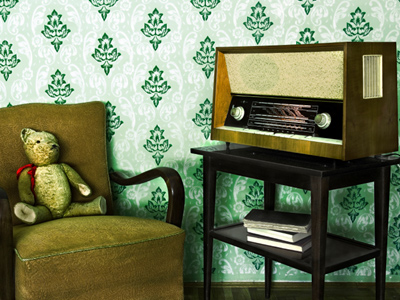

Symphony No. 5 (First Movement)
This Music quiz is called 'Symphony No. 5 (First Movement)' and it has been written by teachers to help you if you are studying the subject at middle school. Playing educational quizzes is a fabulous way to learn if you are in the 6th, 7th or 8th grade - aged 11 to 14.
It costs only $19.50 per month to play this quiz and over 3,500 others that help you with your school work. You can subscribe on the page at Join Us
The opening movement of Beethoven's Symphony No. 5 has to be one of the most enduring 'ear-worms' of all time. It is known all over the world and regularly appears in culture including pop music, film and television. Even Walt Disney used it in the film Fantasia 2000. If you haven't heard it before - where have you been?!!
Ready for more?
not all...
quizzers. Try to win a coveted spot on our Hall of Fame Page.






